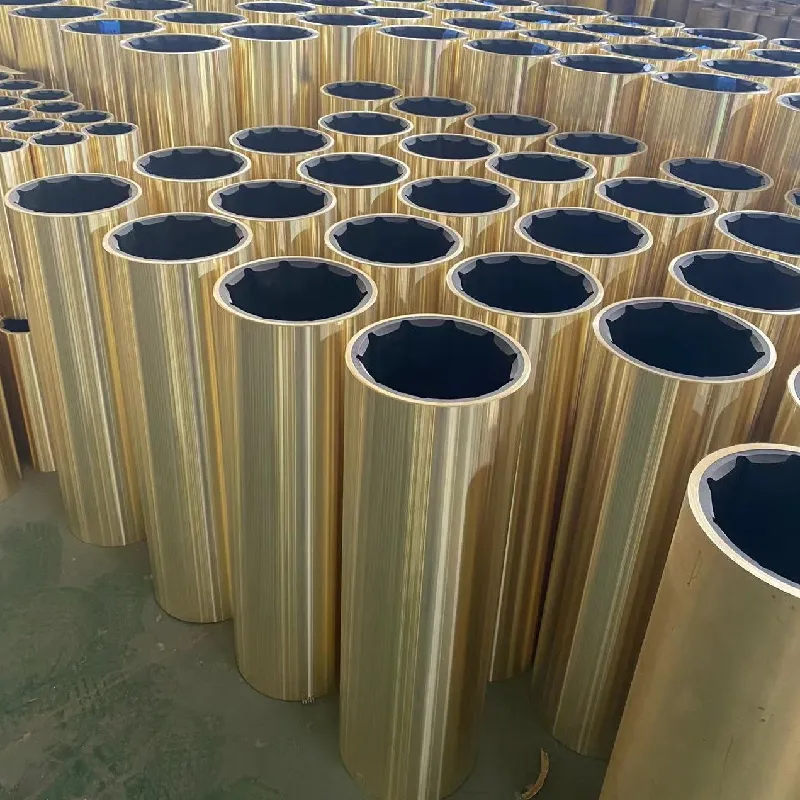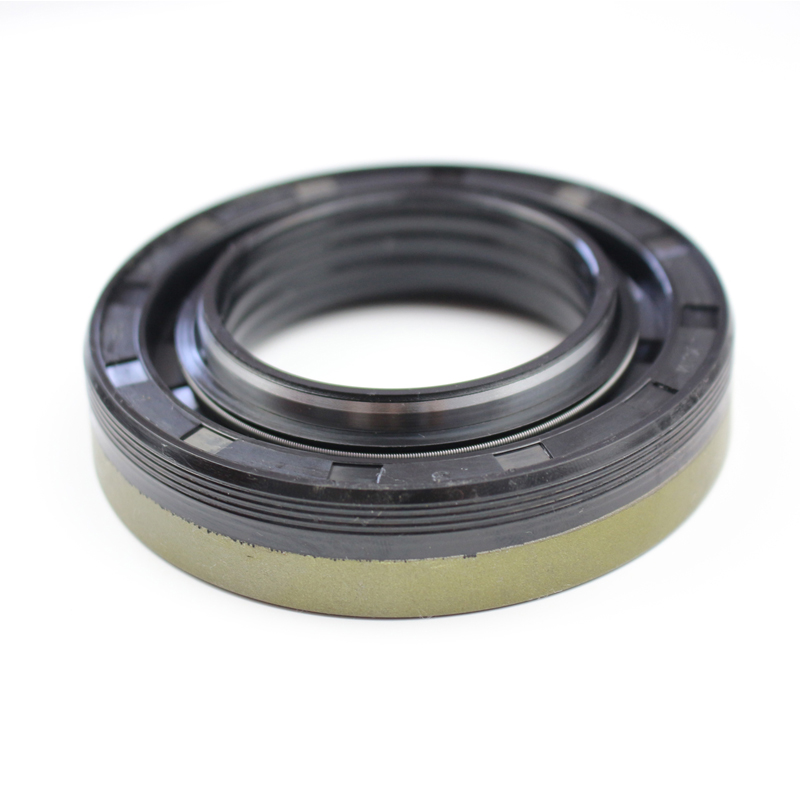automotive oil seal


The use of oil seals extends beyond just automobiles and industrial machinery. They are pivotal in office equipment, household appliances, and even aerospace engineering where precision is paramount. Each of these applications demands oil seals that deliver peak performance tailored to specific operational requirements. This wide range of applications demonstrates the versatility and indispensability of oil seals in modern engineering. Experience shows that timely maintenance and replacement of oil seals can prevent catastrophic failures and costly repairs. Regular inspection for wear, alignment issues, and material degradation is advised. When replacing oil seals, ensuring compatibility with the intended application is vital. Incorrect installation—either a misalignment or using a seal not designed for the specific service conditions—can lead to premature failure, emphasizing the significance of expertise in this domain. In conclusion, oil seals might be small components, but their role in maintaining machinery efficiency and longevity is monumental. Their ability to prevent contamination, manage pressure variations, and sustain lubrication fundamentally impacts device performance and lifecycle. As technological advancements continue, oil seals will undoubtedly evolve, integrating new materials and designs to meet the ever-expanding demands of emerging applications. Recognizing their importance and investing in quality seals from reputable sources assures optimal performance and extended machinery life, validating their value in any mechanical assembly.
-
Understanding the Front Main Engine Seal: Purpose, Maintenance, and Installation
News Jul.29,2025
-
Understanding O-Rings and Seal Rings: Types, Applications, and Custom Solutions
News Jul.29,2025
-
Understanding Crankshaft Oil Seals: Rear Seals, Pulley Seals, and Their Role in Engine Integrity
News Jul.29,2025
-
The Importance of Front and Rear Crankshaft Seals in Engine Performance and Oil Management
News Jul.29,2025
-
Crank Oil Seals: Functions, Types, and Cost Considerations in Engine Maintenance
News Jul.29,2025
-
A Comprehensive Guide to O-Rings and Seals: Types, Materials, and Global Applications
News Jul.29,2025
-
Mastering Diesel and Performance Engine Maintenance: A Guide to Critical Oil Gaskets
News Jul.28,2025
Products categories















